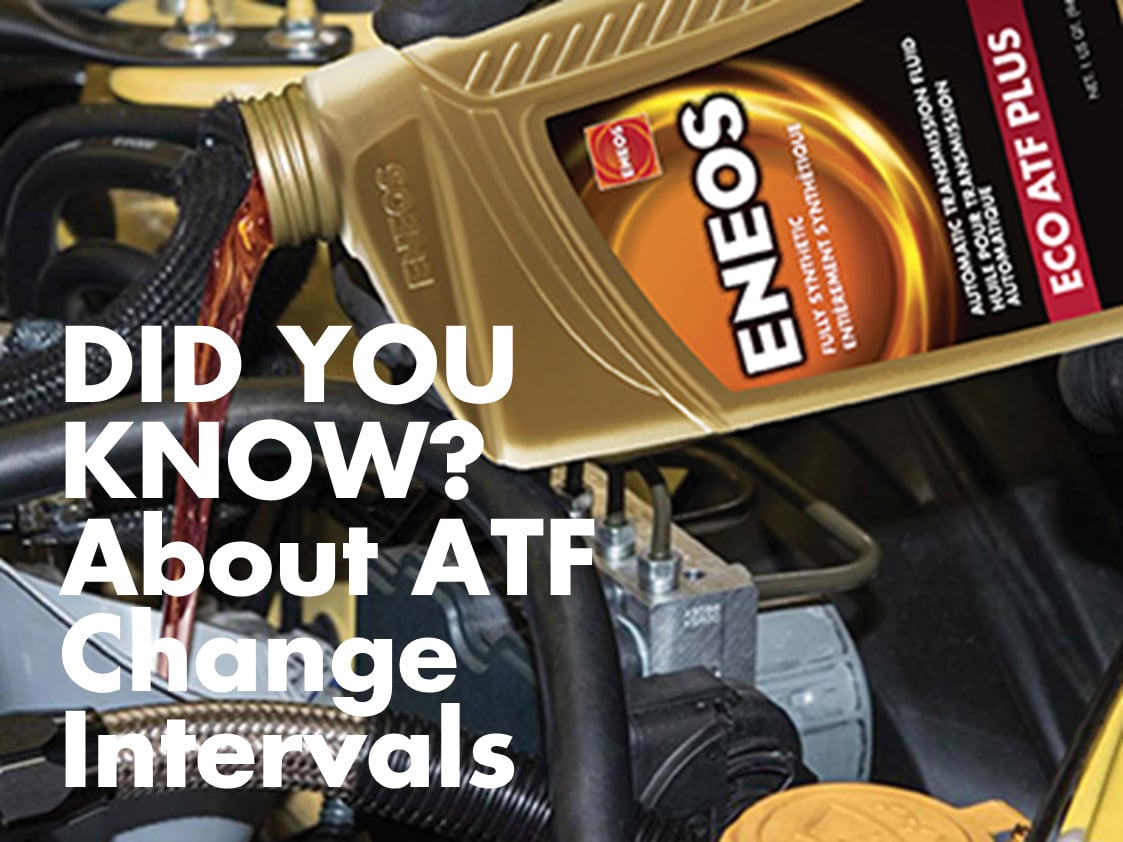It’s commonly accepted that engine oil should be changed regularly, but less consideration is given to changing transmission fluid.
Although it doesn’t experience the same rigors as engine oil, in most cases it should still be changed regularly for best results. However, like engine oil, the change intervals can vary depending on use, conditions, equipment, and other factors.
ATF intervals are uncertain enough that whenever our sales team is out in the field, talking to our customers and with owners and technicians in repair shops, one question we are sure to hear is, “when should I really be changing a customer’s automatic transmission fluid?”


